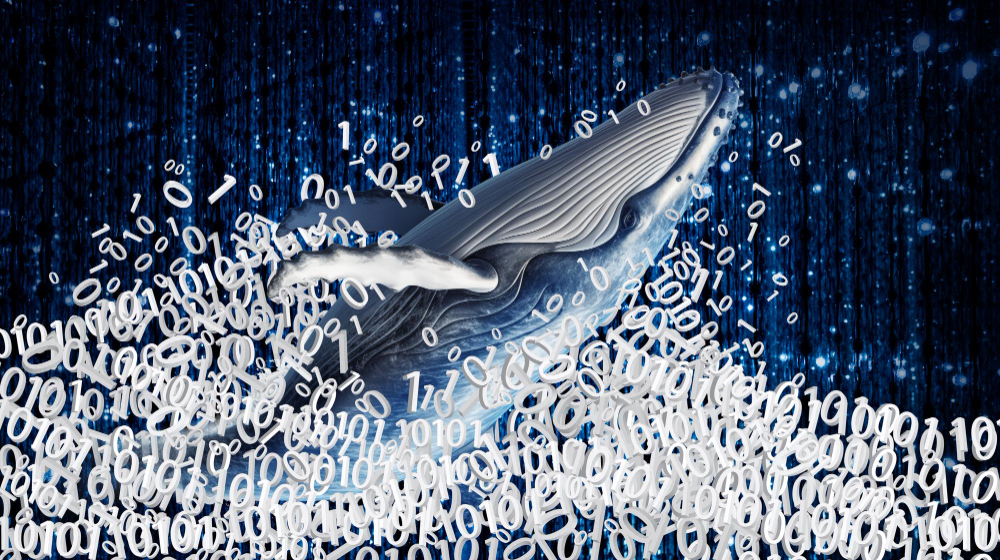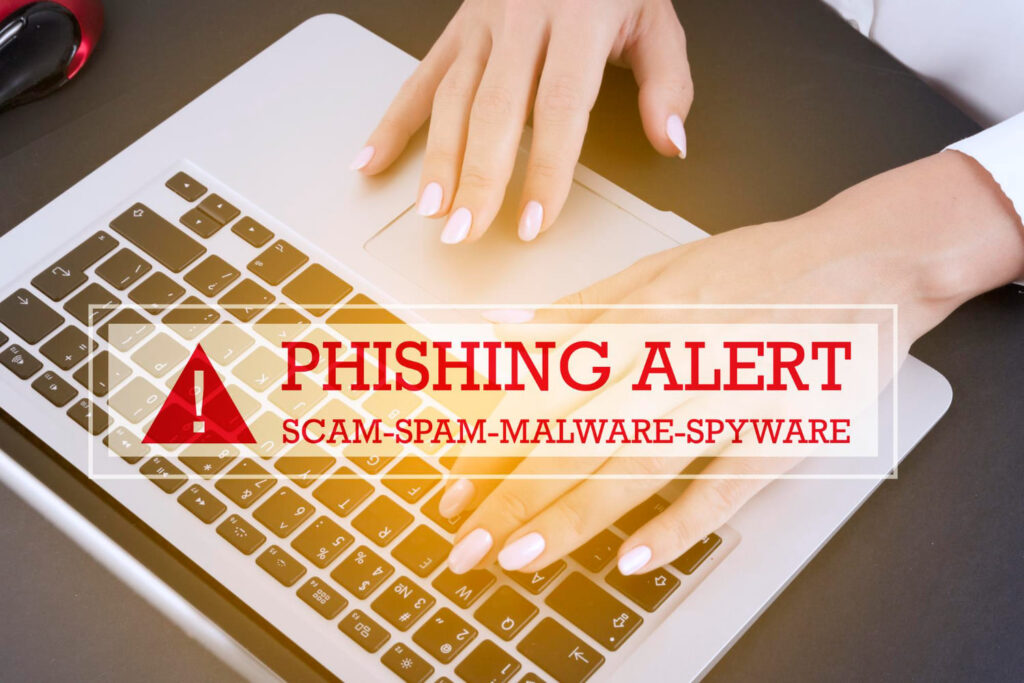Phishing attacks come in many types; one of them is the whaling attack. While the general one focuses on quantity, the goal of a whaling attack focuses on high-value targets. A whaling attack specifically targets high-level individuals in a company, aiming for significant data and asset theft.
Using detailed social engineering methods, you might not notice the scam once you get an email from these attackers.
Let’s review whaling phishing attacks, from how they work to protection efforts!
What is a Whaling Phishing Attack?

A whaling phishing attack targets high-level leaders inside an organization, like CEOs or CFOs. Unlike general phishing efforts that cast a wide net, whaling attacks are deliberately planned and carried out by impersonating trusted entities.
The emails are designed to seem like authentic messages from trustworthy sources. They frequently include information about the target’s job and duties.
The purpose? To deceive the victim into disclosing sensitive information, such as financial data or valuable company secrets.
This sort of attack can have disastrous effects on a business, including financial loss and significant reputational harm.
How Whaling Attacks Work

Whaling attacks start with thorough, detailed research.
Cybercriminals collect specific information on their targets, such as their work title, business hierarchy, and personal hobbies, from social media accounts, corporate websites, and other public sources.
With this information, attackers create convincing emails that seem like they are from legitimate sources, such as a recognized business partner or a fellow executive.
These emails frequently include urgent requests, such as money transfers or the disclosure of critical data.
Once the victim bites the bait, the attackers get access to vital information or financial assets. The result? Detrimental damage to the organization.
5 Ways to Protect Against Whaling Phishing

The ASD Cyber Threat Report revealed that phishing is among the most common cyber security incidents.
This shows how important it is to protect your data from this attack.
Here are five simple ways to safeguard your company from malware and other harmful impacts from this type of phishing attack:
Employee Awareness
Employees, particularly those in managerial positions like the CEO, must identify the signals of a whaling phishing attempt. You can help employees remain aware by conducting regular training sessions and simulated phishing exercises.
Multistep Verification
Try implementing multiple verification steps before allowing wire transfers or revealing private information. This might involve messages, additional email confirmations, or secure messaging applications.
Data Protection Policies
Create explicit data protection policies that define how sensitive information should be handled and shared. Keep it up-to-date by updating it regularly.
Social Media Education
Cybercriminals might utilize personal and professional information shared online to create convincing whaling emails. Encourage employees not to overshare!
Anti-phishing Tools and Organizations
Use anti-phishing tools and services from legitimate cybersecurity organizations to detect and prevent dangerous emails before they reach your inbox.
If you want to go the extra mile, consider cooperating with cybersecurity-focused groups to stay up to date on the latest threats, updates, and best practices.
Differences Between Whaling vs. Phishing vs. Spear Phishing

Phishing, whaling, and spear phishing are types of cyberattacks with different targets and techniques:
- Phishing: Mass emails sent to many recipients, hoping to catch someone off guard.
- Spear Phishing: Targeted attacks on certain individuals or organizations with personalized messages.
- Whaling: Focuses on high-ranking executives with higher stakes due to potential significant financial and reputational damage.
Consequently, each type requires a tailored defense strategy to mitigate risks effectively.
What are the Consequences of a Whaling Attack?

This attack can have disastrous consequences for any organization, including:
Financial Loss
Whaling attacks frequently cause substantial financial losses since huge wire transfers or financial information disclosure are usually involved. These illegal transactions can empty company coffers and cause considerable financial harm.
Data Loss
Sensitive data is a primary target in whaling attacks. Cybercriminals may obtain access to sensitive company information, trade secrets, and personal employee information, such as email addresses.
Such data leaks might jeopardize business operations and result in legal penalties.
Reputation Damage
When a whaling attack has been successfully performed, clients or partners may lose trust in the organization’s ability to safeguard their information from whale phishing—and restoring it is not as simple as it may seem.
Operational Disruption
During an attack, executives may need to spend time resolving the breach, establishing new security measures, and dealing with the impact. This distraction can reduce productivity and negatively impact overall business performance.
Frequently Asked Questions
Who is the target of a whaling attack?
The targets are usually high-level executives and key decision-makers within an organization.
Which is the most difficult type of phishing to detect?
Whale phishing attacks are among the most difficult to detect, as the emails are highly personalized and appear legitimate.
How common whaling tactics have evolved?
Cybercriminals now use advanced social engineering techniques and deepfake technology to craft even more convincing emails and messages for this attack.
Conclusion
As whaling attacks become more advanced and sophisticated, understanding how they operate and implementing strong security measures will protect your company’s assets and image.
The effort? Remain diligent, educate your team, and invest in the necessary technologies to remain ahead of these malicious actors.
If you want to make extra efforts to protect your organization from a whaling attack, contact Fluxgate now for cybersecurity expert help!
